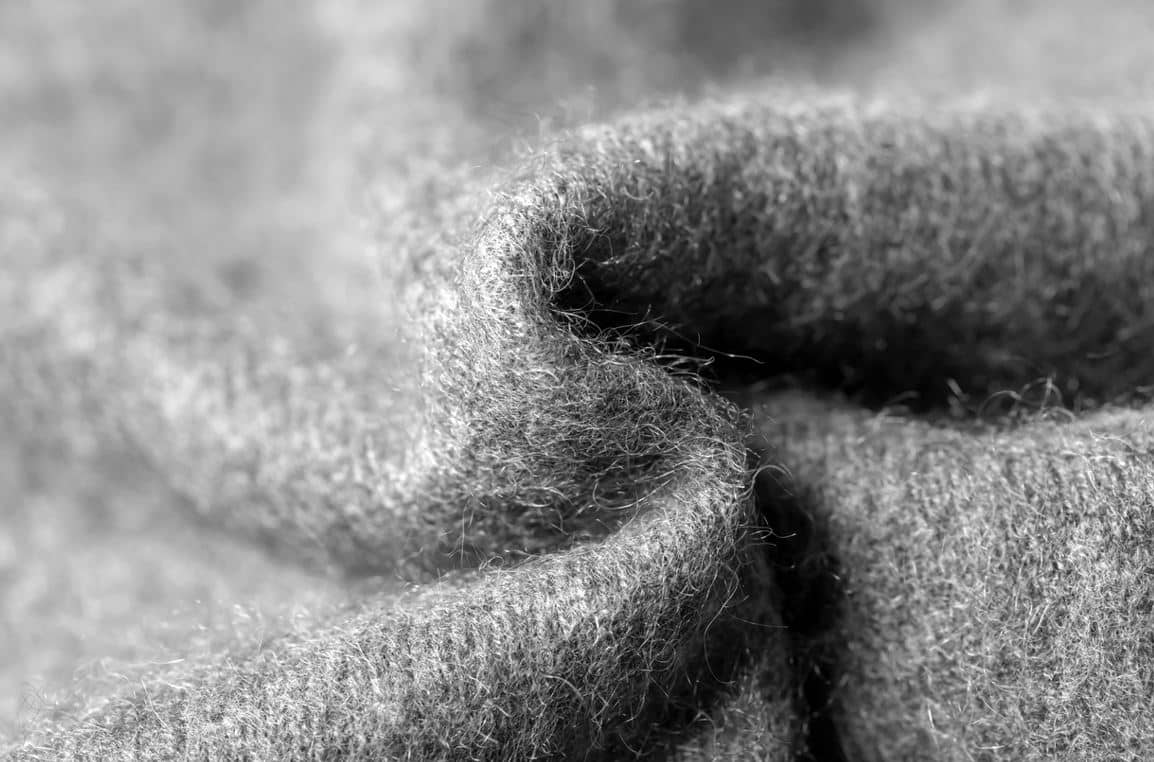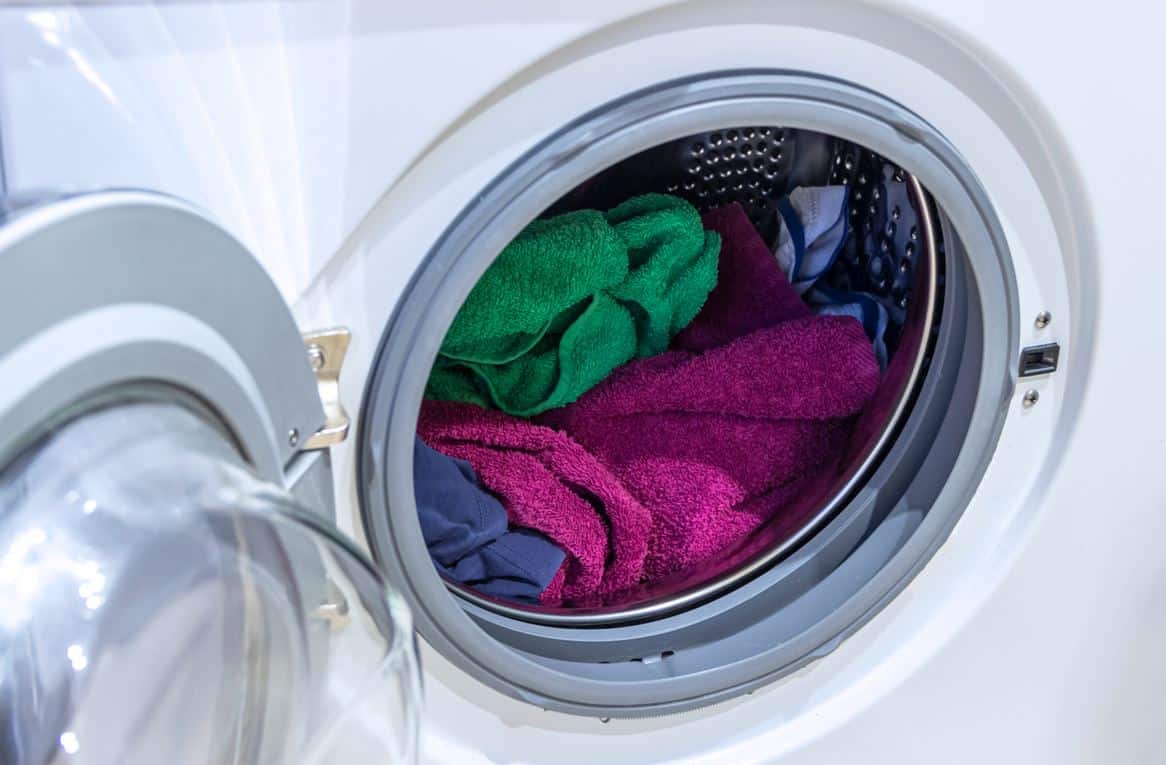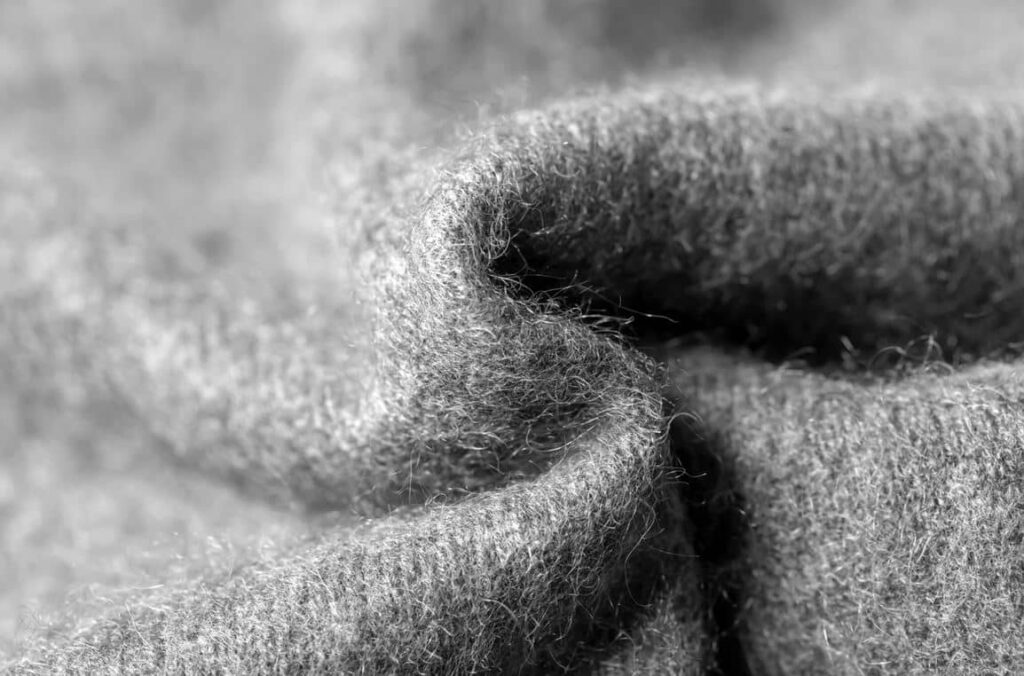When your sweater sparks or your dress lacks the desired flow and stubbornly clings to your skin, it’s likely due to static electricity in the air. Or rather, on your clothes! Fortunately, with a few good practices and our tips, removing static from your clothing can be done in no time!

1. Good Practices to Avoid Static Electricity on Your Clothes
As we often say, prevention is better than cure! This also applies to your laundry. So if you want to avoid an electrifying situation, here are a few good practices to adopt:
Static electricity occurs when laundry lacks moisture. Synthetic materials, which retain very little water, are particularly prone to generating it. Therefore, it’s better to opt for clothes made of wool or cotton, as their fibers absorb moisture better.
If you usually dry your clothes in a dryer, it’s time to reassess! Remove synthetic fiber items and dry them separately on a drying rack to eliminate static electricity from your clothing.
It is also advisable not to use fabric softener if washing synthetic fiber garments, as this can encourage static electricity to develop.
If you’ve missed one of these good practices and your laundry is charged with electricity, don’t panic—let’s move on to some tips!
2. Rub Your Clothes with an Antistatic Sheet
There are antistatic sheets you can use to rub your clothing. This will attract the electrons present on the garment into the sheet!
3. Mist Your Clothes with Water
Yes, moistening your clothes will help them absorb moisture from the water. The result: no more static! To do this:
Fill a spray bottle with water and mist it on the outer parts of your garments. Be careful not to soak them! Another option is to use a damp washcloth on the garment. When your clothes are dry, you can wear them without worry.
4. Add White Vinegar to the Dryer Drum
You read that right! While it’s recommended to avoid drying synthetic clothing in the dryer, you can bypass this rule by spraying white vinegar on a washcloth, for example, and placing it in the dryer drum before starting it.

5. Spray Hairspray on Your Clothes
To eliminate static electricity from your clothing, you can use hairspray!
Spray hairspray at a distance from your garment, focusing on areas that cling to your body, or apply it directly to your hands and then rub them on the clothing. Choose hairsprays that are free from fragrances.
6. Touch a Metal Object
You can also discharge static electricity by touching a metal object. Just ensure it is connected to the ground, like metal barriers.
Avoid: doorknobs, as they are not grounded and could cause static shocks instead.
You can also hang your sweater or pants on a metal hanger to absorb the static electricity.
Another tip is to iron your clothing, if possible, using the lowest temperature on your iron to transfer the static electricity to the outlet.
If your skirt is too clingy, you can pin a safety pin on the hem or attach a metal hairpin. This also works for pants that refuse to hold their shape due to static electricity.
7. Moisturize Your Skin
You can also apply moisturizer to areas of your skin that come in contact with clingy clothing. The cream will act as a barrier to the electrons, preventing them from transferring to your skin.
8. Use Baking Soda
You can also use baking soda to prevent static electricity from clinging to your clothes. Why? Because it helps reduce static buildup during washing. To do this, add 5 cl of baking soda directly to the laundry in the machine.
9. Replace Fabric Softener with White Vinegar
White vinegar is an ideal natural fabric softener to replace commercial ones that are loaded with chemicals. It also helps prevent the development of static electricity on your clothes! Feel free to use it!

